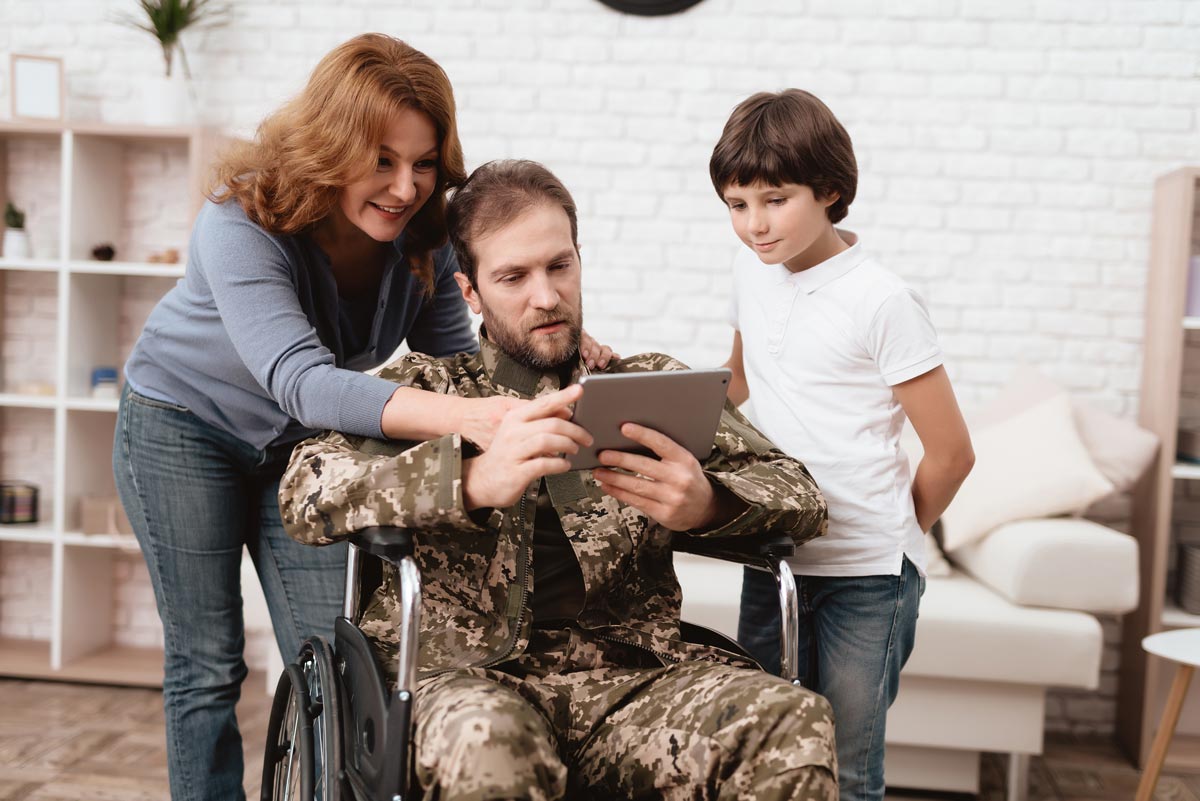Living safely at home can feel difficult when mobility changes. Tasks like climbing stairs or managing daily routines may take effort, and the cost of stair lifts or in-home support can create stress for both individuals and families. Many people find themselves stuck between needing help and worrying about how to finance it. Below, we examine the financial support options available.
Ways Disabled Individuals Can Pay for Stair Lifts and Home Care Support
Accessing care and mobility support requires planning because the costs and eligibility rules vary depending on where someone lives, their health needs, and the type of support they require. Some resources cover equipment, others fund caregiver hours, and some work best when combined. Here are the primary methods people use to fund stair lifts and in-home care.
Payment Plans Through Providers
Some equipment providers understand how expensive accessibilityThe design of products, devices, services, or environments to be usable by people with disabilities.... upgrades can feel, so they create payment plans that spread the cost over time. This type of arrangement can remove pressure because you pay in smaller monthly amounts instead of one large upfront payment. It works well when you need the equipment immediately and don’t have sufficient savings or external assistance in place. Many families use this route while they apply for grants or benefits, so the stair lift or care support doesn’t wait.
Additionally, some stair lift companies offer payment plans or financing to make the equipment more affordable. For instance, you can visit California Mobility for stair lift services in areas like San Jose, and a provider like this may help you explore installation choices and pricing before you decide.
Payment plans can vary. Some providers offer zero-interest terms for a short period, while others establish longer repayment schedules with interest. Thus, compare options, read the agreement carefully, and calculate the full cost before signing.
Insurance Programs
Insurance can feel confusing, but it’s among the first places to check because some plans offer support for accessibility equipment and home care services. The policy dictates what is covered, and clear medical documentation strengthens eligibility.
Reviewing the plan details early helps you understand what support you can realistically expect. MedicareA U.S. federal health insurance program for people aged 65 and older, and for some younger people wi..., for example, rarely covers stair lifts because it categorizes them as home modifications. However, it may cover parts of in-home care tied to medical treatment and ordered by a doctor.
MedicaidA U.S. government program that provides health coverage to eligible low-income individuals, includin... tends to offer broader support, especially through Home and Community-Based ServicesPrograms that provide support to individuals with disabilities in their own communities, rather than... waivers, designed to help people remain at home instead of moving into assisted living or a nursing facility. The next step is getting a provider that provides home health aides through these programs.
Private health insuranceA system for paying for medical services, often covering preventive, diagnostic, and treatment costs... varies, and some plans include benefits for durable medical equipment or limited home care hours. The key is proving medical necessity. As such, a doctor’s prescription, mobility assessment, or occupational therapy report can strengthen a claim. If a request gets denied, filing an appeal with supporting documentation can sometimes change the outcome.
It also helps to speak with a case manager, social worker, or insurance representative who understands mobility and long-term care support. They can clarify policy language and benefits that may not be obvious.
Government Disability Benefits
Government disability benefit programs can help cover ongoing living and care needs through monthly income support to individuals who qualify. These programs don’t pay providers directly like insurance does, but they give you money you can use toward stair lifts, caregiver hours, accessibility upgrades, or other daily needs. The amount someone receives depends on the program and their situation, so understanding eligibility and how each benefit works can make a meaningful difference.
For instance, Social Security Disability Insurance (SSDI)A U.S. government program that provides financial assistance to individuals who are unable to work d... supports people who worked and paid into Social Security before becoming disabled. Supplemental Security Income (SSI) supports those with limited income or resources and doesn’t require a work history.
Some people qualify for both, and that combination can help create a more stable financial base. Veterans may also receive support through VA programs if their disability relates to military service, and some veterans can access additional housing and accessibility benefits that help cover equipment and home modifications.
Applying for these programs takes time, and the paperwork can feel complicated at first. Many individuals work with disability advocates, social workers, or legal aid services during the process because they understand the system and know how to help gather documents and medical records.
Grants
Various organizations, foundations, and community programs offer grants to individuals who need mobility support or assistance at home. Each grant has its own eligibility rules. Some programs focus on income level, while others consider the type of disability, age, or whether someone is a veteran. The application process varies, but most require basic documentation, a description of the need, and sometimes a letter from a healthcare professional.
Some grants focus on home accessibility upgrades, such as stair lifts, ramps, or bathroom safety improvements. Others support caregiving services, respite hours, or assistive technology. In some cases, you can combine multiple grants or pair a grant with insurance benefits or state support to cover more of the total cost. This flexibility helps stretch resources and makes long-term planning easier.
Finding grant opportunities takes a little time, but many people discover resources they didn’t know existed. Starting with local disability resource centers, community organizations, and relevant national foundations can create a strong list of options.
State and Local Assistance
These programs vary widely, so the type and amount of assistance depend on your location. Some states offer financial help for stair lifts or other mobility upgrades, while others provide support services, caregiver hours, or respite careTemporary care provided to individuals with disabilities to give their primary caregivers a break. to reduce out-of-pocket expenses. Local agencies such as aging services offices, disability councils, or county health departments typically guide people through eligibility and application steps.
Some regions also run equipment loan or reuse programs. These programs give people access to gently used mobility devices at low or no cost.
Conclusion
A safe and accessible home can feel possible when you know where to start and which options fit your situation. You don’t have to figure out everything at once or rely on a single source of funding. Instead, you can layer support in a way that works for your needs and budget.
For example, insurance may cover some care services when a doctor recommends them as part of a treatment planA detailed plan developed by healthcare professionals to treat a specific health condition, outlinin.... Then, grants or state programs can help reduce the cost of accessibility modifications. As you explore these options, take your time, ask questions, and be ready to discover new resources.






